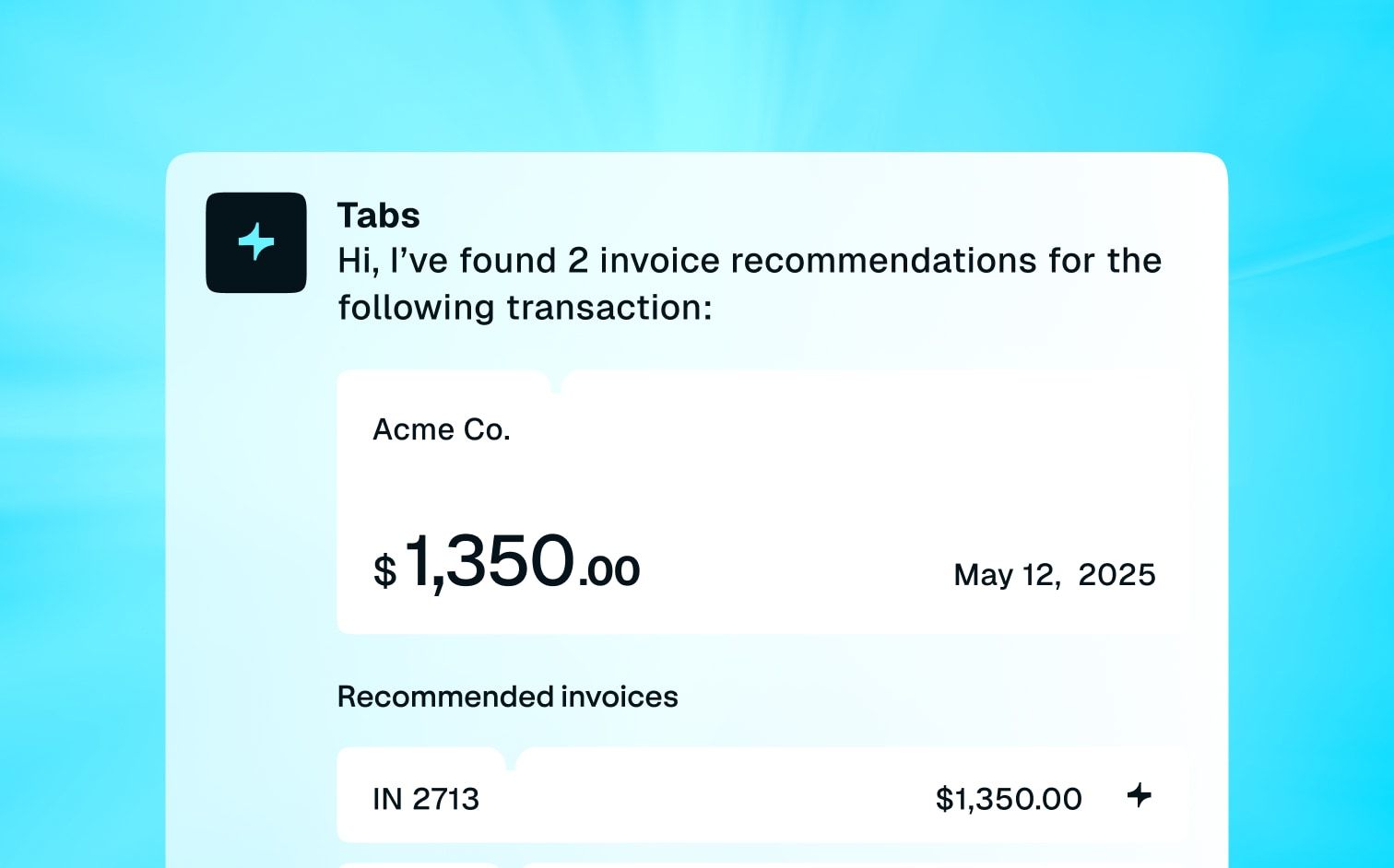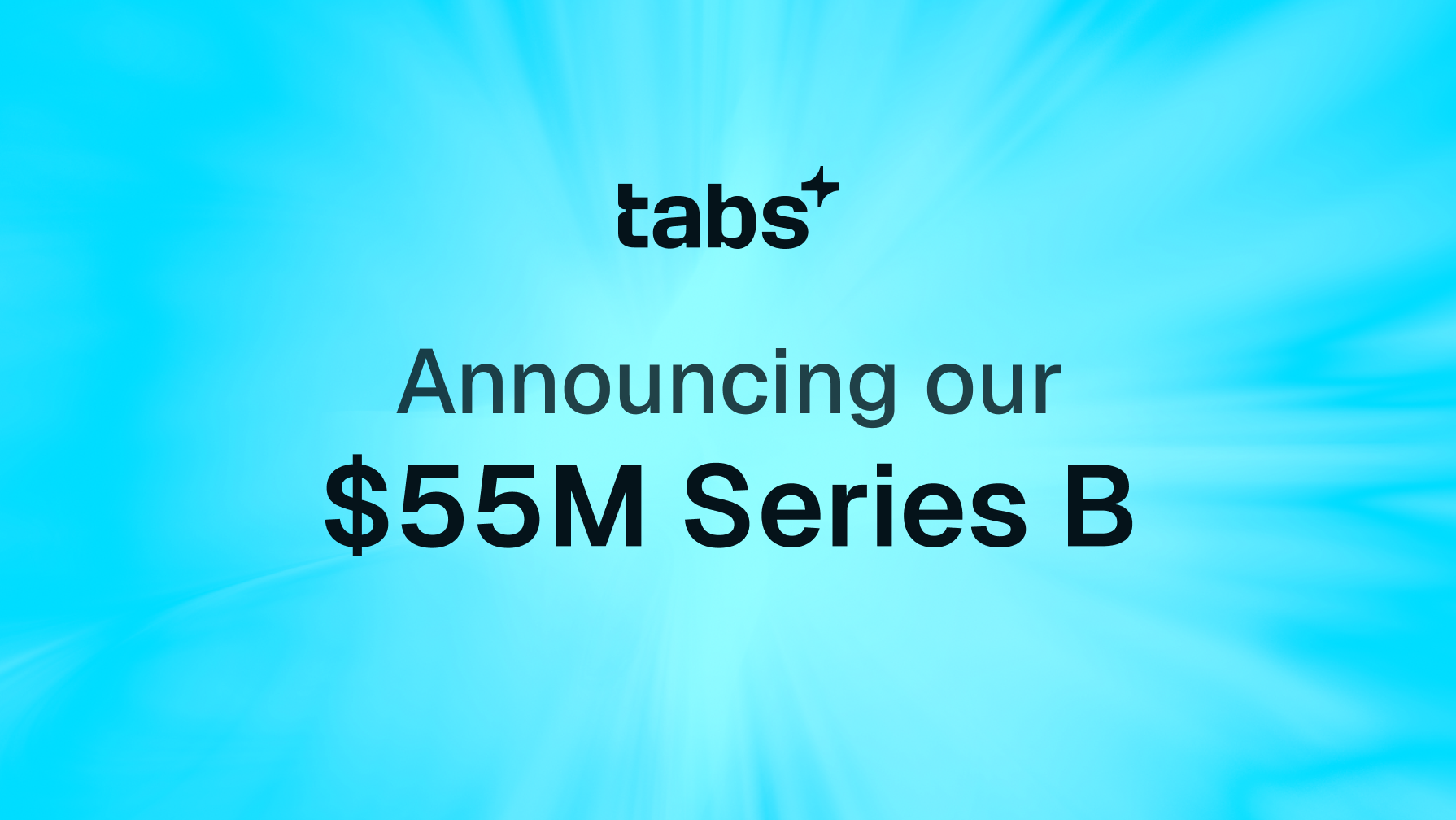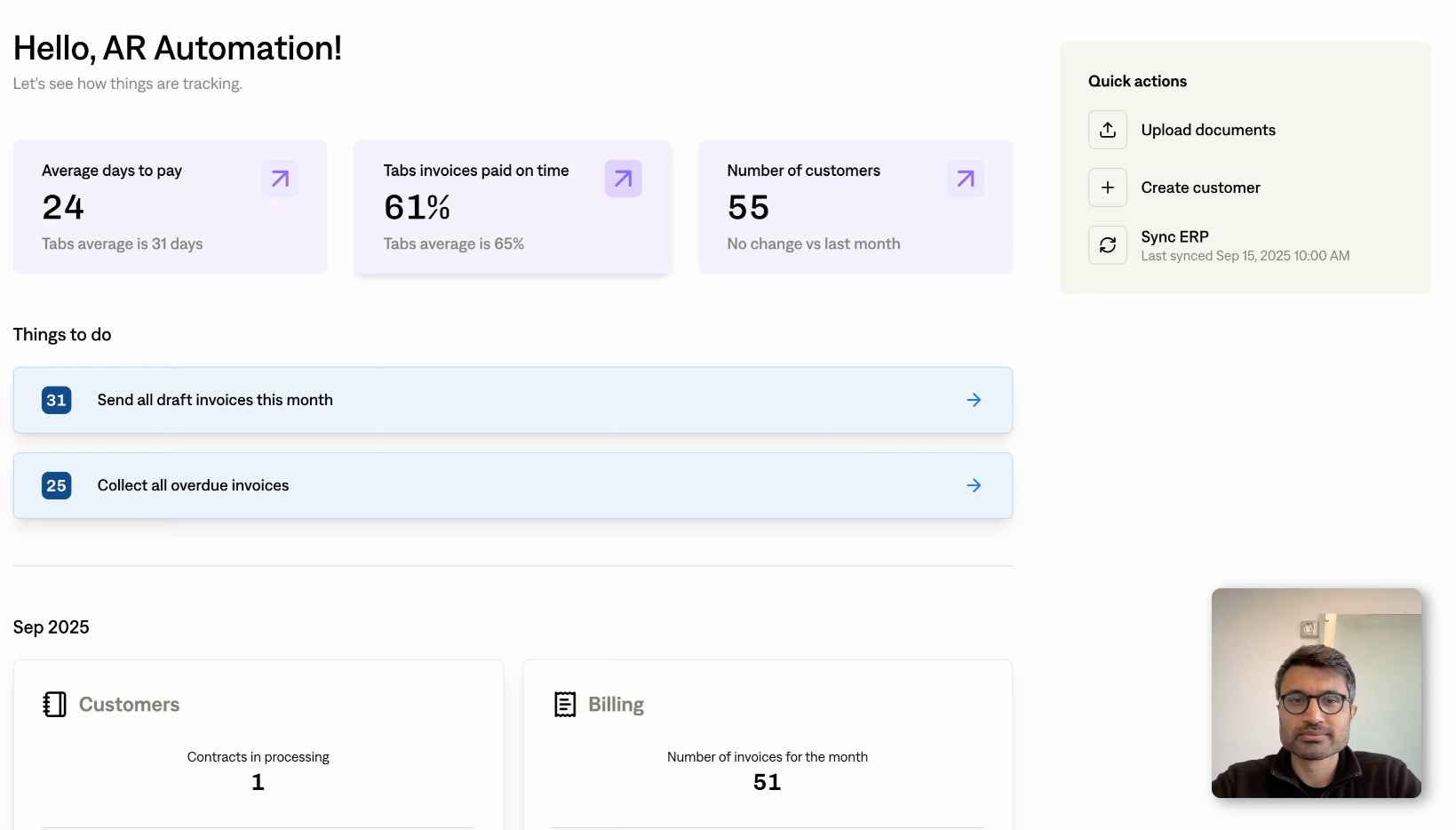SaaS companies are particularly vulnerable to chargeback fraud. The recurring nature of subscriptions creates more opportunities for fraudulent disputes, impacting your monthly recurring revenue and adding to your administrative burden. By understanding how chargeback fraud works and the specific challenges it poses to SaaS businesses, you can take proactive steps to protect your revenue.
This post will guide you through the process, from identifying the different types of chargeback fraud to implementing effective prevention strategies. We'll explore the importance of clear communication, robust verification methods, and proactive customer support in minimizing your risk and maintaining a healthy bottom line.
Key Takeaways
- Chargeback fraud significantly impacts SaaS revenue: Lost revenue, processing fees, and administrative costs add up. A proactive strategy focused on prevention is essential.
- Transparency builds trust and reduces disputes: Clearly communicate your billing practices, subscription terms, and refund policy to minimize confusion and frustration.
- Payment processors are valuable partners: Utilize their fraud detection tools, resources, and expertise in investigations and dispute resolution to protect your business.
What is Chargeback Fraud?
Chargeback fraud, sometimes called "friendly fraud," occurs when a customer disputes a legitimate purchase with their credit card company or bank. They’re trying to get their money back while keeping the product or service. It's a growing problem for businesses, especially those using SaaS or subscription models. Recurring billing can make it easier for someone to falsely claim they didn't authorize a charge.
This isn't a minor issue. Chargeback fraud accounts for roughly half of all chargebacks, according to data from Riskified. The financial impact is substantial, costing businesses an estimated $20 billion in 2021.
For SaaS companies, understanding chargeback fraud is crucial. It not only affects revenue but can also lead to chargeback fees from payment processors. Protecting your business from these disputes is essential for long-term success.
How Does it Happen?
This section clarifies chargeback fraud and how it occurs, focusing on the mechanics of the process.
Mechanics
Chargeback fraud happens when a customer disputes a legitimate purchase with their bank to get a refund, even though they received the product or service. Think of it as someone buying something online with their credit card, getting the item, and then falsely claiming a problem to their bank to get their money back. This deceptive practice is a growing problem, costing businesses billions annually.
Process
The chargeback process begins when a cardholder contacts their bank to dispute a purchase. The bank then investigates the claim, gathering information from both the merchant and the cardholder. This might involve reviewing shipping information, transaction details, and the cardholder's spending patterns. See how banks investigate disputes.
If the bank sides with the cardholder, the merchant must issue a refund and often pays additional fees. This can significantly impact a business's bottom line, especially for recurring revenue models common in SaaS. Understand the impact of friendly fraud.
Types of Chargeback Fraud in Tech
Understanding the different ways chargeback fraud manifests in the tech world, especially within SaaS, is the first step toward protecting your revenue. Here’s a breakdown of the most common types:
Friendly Fraud: Accidental and Purposeful
Friendly fraud isn't always malicious. It can happen accidentally, like when a family member uses a shared card without realizing it, leading to a disputed charge. Other times, it's intentional—a customer makes a purchase, receives the product or service, and then initiates a chargeback with their bank.
This deceptive practice accounts for a significant portion of all credit card fraud, costing businesses billions annually. For SaaS companies, this might look like a customer claiming they never purchased the software, even after using it.
Digital Goods Fraud: SaaS Challenges
Digital goods present unique challenges when it comes to chargeback fraud. Unlike physical products, there's no tangible item to track. This makes it difficult to definitively prove delivery and usage, creating an environment ripe for fraudulent chargebacks.
A customer might claim they never received access to your software or that it didn't work as promised, even if they used the service. This vulnerability makes SaaS businesses particularly susceptible to this type of fraud.
Subscription Fraud: Recurring Problems
Subscription models, while offering predictable revenue streams, also face recurring chargeback issues. Customers might dispute recurring charges, claiming they didn't authorize the payment or simply forgot about the subscription. This can be especially problematic for SaaS businesses with tiered subscription plans, as customers might attempt to downgrade retroactively by disputing charges for higher-tier services they already used.
The recurring nature of subscriptions means a single fraudulent customer can initiate multiple chargebacks, impacting your monthly recurring revenue and creating administrative headaches.
How Chargeback Fraud Impacts SaaS Companies
Chargeback fraud can significantly impact SaaS companies, hitting both your bottom line and your long-term growth. Understanding these impacts is the first step toward protecting your business.
Direct and Indirect Costs
The immediate costs of chargeback fraud are easy to see. You lose the revenue from the initial sale, and then you're hit with fees from your payment processor, typically ranging from $20 to $100 per chargeback. But the costs extend beyond these initial fees. For every dollar lost to chargeback fraud, businesses often incur an additional $2.40 in fees and operational expenses related to investigating and managing disputes.
Consider the time your team spends dealing with these issues—time they could spend building new features or supporting legitimate customers. These indirect costs accumulate quickly.
Long-Term Effects on Growth
Beyond the immediate financial hit, chargeback fraud can stifle your company's growth. A high chargeback ratio can damage your reputation with payment processors, leading to increased processing fees or even the termination of your merchant account. This can severely disrupt your ability to process payments and maintain operations.
Additionally, negative reviews from customers who initiated fraudulent chargebacks can tarnish your brand image and make it harder to acquire new customers. These long-term consequences can be devastating for a SaaS business that relies on recurring revenue and positive word-of-mouth. Preventing chargeback fraud is crucial for maintaining a healthy relationship with payment processors.
Track These Key Metrics
To effectively manage chargeback fraud, you need to track the right metrics. Your chargeback rate is a crucial indicator of your financial health, especially critical for SaaS businesses because customers might dispute multiple recurring payments simultaneously. Monitoring your overall chargeback rate and the rate specifically for recurring transactions can help you identify trends and potential problems.
Also, keep a close eye on your revenue lost directly to fraud and the associated costs of managing disputes. Tracking these key performance indicators (KPIs) provides a clearer understanding of the full impact of chargeback fraud on your business and helps you develop strategies to mitigate it. Successfully managing chargebacks is essential for the financial health of subscription-based businesses.
Prevent Chargeback Fraud in Your Tech Business
Losing revenue to chargebacks is frustrating, but preventing them is often easier than you think. Here’s how to proactively protect your SaaS business:
Clear Communication and Documentation
One of the simplest ways to prevent chargebacks is through crystal-clear communication. Ensure your terms of service, refund policy, and subscription details are readily available and easy to understand. Consider presenting key information visually with clear summaries and FAQs.
When customers know exactly what they’re signing up for and how to manage their subscriptions, they’re less likely to initiate chargebacks out of confusion. Thorough documentation also provides solid evidence should you need to dispute a claim. This detailed record-keeping can be the difference between winning and losing a dispute, saving you not only the transaction value but also protecting your merchant reputation.
Use Tech: Fraud Detection Tools
Technology can be your greatest ally in fighting chargeback fraud. Implement robust fraud detection tools that analyze transactions for suspicious activity. These tools can flag potentially fraudulent orders based on various factors, giving you the opportunity to review them before processing.
Consider features like address verification (AVS) and card verification value (CVV) checks during checkout. While not foolproof, these measures add extra layers of security and can deter fraudsters.
Improve Customer Service and Support
Excellent customer service can significantly reduce chargebacks. A responsive and helpful support team can address customer issues before they escalate into disputes. Make it easy for customers to contact you with questions or concerns. Provide multiple channels for support, such as email, chat, and phone.
Remember, a satisfied customer is less likely to file a chargeback. Proactively addressing issues also encourages card issuers to view your business favorably, increasing your chances of winning disputes. According to Visa and Mastercard, the average merchant only wins about 21% of chargeback disputes, so improving your customer service can give you a real edge.
Implement Strong Verification
Strong verification methods are crucial for preventing unauthorized transactions. Require two-factor authentication (2FA) for account access and password resets. This adds an extra layer of security, making it much harder for fraudsters to gain access to customer accounts. Consider using 3D Secure (3DS) for online payments, which adds an additional authentication step for cardholders.
While these measures might add a little friction to the checkout process, they significantly reduce the risk of fraudulent transactions and subsequent chargebacks. Protecting your merchant account is essential, as businesses frequently targeted by chargeback fraud may face higher processing fees or even account closure. This impacts your ability to process payments.
How Payment Processors Help Reduce Fraud
Payment processors are key to minimizing chargeback fraud for SaaS businesses. They act as a critical go-between for your business and the card networks, offering valuable services and tools that help prevent and manage disputes. This support frees up your time and resources so you can focus on growth.
Investigations and Dispute Resolution
When a customer disputes a charge, the payment processor handles much of the investigation and resolution process, working directly with the issuing bank to gather transaction information. For major card networks like Visa and Mastercard, much of this data collection happens automatically, streamlining the dispute process. This includes details like the transaction date, amount, and location—all helpful in determining the validity of the chargeback claim.
If you receive a dispute notification, you can either accept the chargeback or fight it through a process called representment. This involves providing evidence to the bank through your payment processor, demonstrating the charge's legitimacy. A reliable payment processor simplifies this, ensuring a streamlined system for submitting compelling evidence.
Business and Processor Collaboration
Your payment processor can be a valuable partner in preventing chargebacks before they happen. Many offer fraud prevention tools and resources, including access to data and analytics that can help you identify and address high-risk transactions. They can also facilitate better communication between your business and the card networks.
For example, some processors integrate with services like Ethoca Consumer Clarity, which gives cardholders more detailed transaction information, reducing the likelihood of friendly fraud. By working closely with your payment processor and implementing a solid chargeback management process, you can protect your revenue and maintain a positive reputation.
This includes clear customer communication, proactive fraud prevention, and efficient dispute resolution. A strong partnership with your payment processor is essential for minimizing chargebacks and ensuring the financial health of your SaaS business.
Chargeback Fraud Myths Debunked
Let's clear up some common misconceptions about chargebacks, especially those impacting SaaS businesses. Dispelling these myths can empower you to take a proactive approach to chargeback management and protect your revenue.
SaaS Industry Myths
One persistent myth is that all chargebacks are lost causes. This simply isn't true. Many chargebacks are winnable, especially with proper documentation and a clear understanding of the dispute's reason. Successfully disputing a chargeback not only recovers the transaction amount but also safeguards your merchant reputation.
Another misconception is that disputing chargebacks damages customer relationships. A well-handled dispute process can actually strengthen customer trust by demonstrating your commitment to resolving issues fairly. More importantly, actively disputing invalid chargebacks can deter future fraudulent attempts and encourage more thorough reviews by issuing banks.
Understanding Chargeback Nuances
It's crucial to understand the nuances of chargeback fraud. It's not always a malicious act; sometimes, it's "friendly fraud," where a legitimate customer initiates a chargeback, often unintentionally. This can happen due to confusion about the charge, a family member making an unauthorized purchase, or simply forgetting about the subscription.
Other times, it is malicious, involving stolen credit card information or deliberately deceptive practices. Recognizing the different types of chargeback fraud helps you tailor your prevention and response strategies. For example, addressing friendly fraud might involve clearer communication and improved customer service, while combating true fraud requires robust security measures and transaction verification. Understanding these nuances is critical for effective chargeback management.
Educate Customers to Reduce Chargeback Fraud
One of the most effective ways to prevent chargebacks is by proactively educating your customers. When customers understand your policies and procedures, they're less likely to initiate a dispute out of confusion or frustration. This approach not only reduces chargebacks but also builds trust and strengthens customer relationships.
Effective Communication Strategies
Start by making your terms of service, refund policy, and billing practices crystal clear. Use plain language, avoid jargon, and present the information in an easy-to-digest format. Consider creating FAQs specifically addressing common billing questions.
Proactively remind customers about upcoming renewals or subscription changes. A simple email or SMS message can prevent a surprised customer from filing a chargeback. For recurring billing, ensure customers understand how to manage their subscriptions, including upgrades, downgrades, and cancellations. Provide clear instructions on your website and in your communications.
Document everything. Maintaining detailed transaction records, including customer communication logs, provides valuable evidence should a dispute arise. This documentation can help you demonstrate that you took reasonable steps to prevent the chargeback.
Build Trust and Transparency
Building trust with your customers is crucial for minimizing chargebacks. Transparency in your billing practices is a key component of building that trust. Clearly explain any recurring charges and ensure customers understand what they're being billed for. If there are any changes to their subscription or billing amount, communicate these changes proactively.
Offer multiple channels for customer support. Make it easy for customers to reach out with questions or concerns. Prompt and helpful customer service can resolve issues before they escalate into chargebacks. Consider offering self-service options, such as a detailed knowledge base or online portal, where customers can find answers to their billing questions.
Addressing customer concerns effectively and efficiently demonstrates your commitment to their satisfaction and reduces the likelihood of disputes. Remember, a satisfied customer is less likely to file a chargeback. By fostering open communication and building a strong relationship with your customers, you can create a positive experience that minimizes the risk of chargeback fraud.
This proactive approach not only protects your revenue but also strengthens your brand reputation and fosters customer loyalty.
Related Articles
- Chargeback Management: Strategies to Protect Revenue and Reputation
- How to Understand & Prevent Chargebacks
- What are Chargebacks? A Merchant's Guide
- Chargeback Alerts: How They Work & Why You Need Them
Frequently Asked Questions
What’s the difference between a chargeback and a refund?
A refund is initiated by the customer, usually because they changed their mind or are unhappy with the product or service. A chargeback, however, is initiated by the customer's bank after they dispute a charge. The key difference is who initiates the process and the potential impact on the merchant. Chargebacks can result in additional fees and penalties for the business.
How can I tell if a chargeback is fraudulent?
Not all chargebacks are fraudulent. Sometimes, customers legitimately dispute charges due to billing errors or unauthorized purchases. Look for red flags like inconsistent customer information, multiple chargebacks from the same customer, or disputes for services the customer demonstrably used. If the customer has a history of disputes or their explanation doesn't align with your records, it warrants further investigation.
What should I do if I suspect chargeback fraud?
Gather all relevant information about the transaction, including customer communication, purchase history, and access logs. Contact your payment processor immediately and follow their procedures for disputing the chargeback. Provide clear and concise documentation to support your case. The more evidence you have, the better your chances of winning the dispute.
Is it worth fighting chargebacks, or should I just accept them?
While it takes time and effort, fighting legitimate chargebacks is crucial for protecting your revenue and your reputation with payment processors. Accepting fraudulent chargebacks can encourage more fraudulent activity and negatively impact your chargeback ratio. By actively disputing invalid chargebacks, you demonstrate your commitment to maintaining accurate financial records.
What’s the most effective way to prevent chargeback fraud in the long run?
Clear communication with your customers is the cornerstone of chargeback prevention. Ensure your terms of service, refund policy, and billing practices are easy to understand. Provide excellent customer service and address customer concerns promptly. Proactive communication and strong customer relationships can significantly reduce the likelihood of chargebacks. Combine this with robust verification methods and fraud detection tools for a comprehensive prevention strategy.





